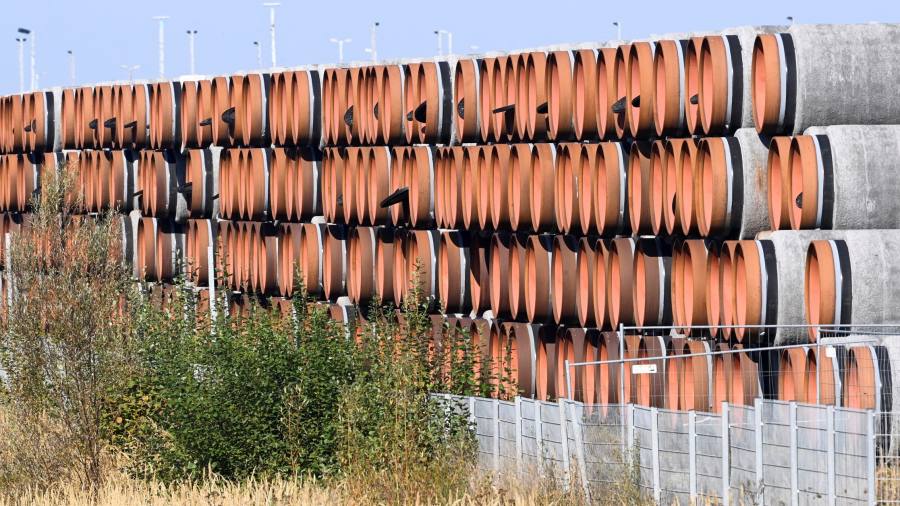
Not so long ago, apocalyptic forecasts abounded on the outlook for European energy supplies this winter. Now it seems the worst-case scenarios for widespread blackouts and rationing may have been averted. Natural gas prices have fallen sharply from an all-time peak in August. The EU’s gas storage has been filled to 95 per cent capacity. An unusually mild autumn has helped. Fears that Europe might run short of energy reserves to get households and businesses through the colder months have been assuaged by rapid action to build up stocks, boost efficiency and procure alternate supplies. But the region is not out of the woods yet. Getting through winter 2023 could be an even greater challenge.
Europe must not be lulled into a false sense of security. This time next year, storage sites may only be 65 per cent full, given the difficulties it could face in refilling them from the spring, according to the International Energy Agency. For starters, weather conditions could quickly turn and deplete stores. There may be little or no Russian gas to rebuild reserves too. Before Vladimir Putin reduced exports to a trickle in September by indefinitely closing Nord Stream 1 — the main pipeline carrying gas from Russia to Europe, Russian gas had been important in meeting storage targets.
The EU has also replaced missing Russian pipeline gas with bountiful imports of liquefied natural gas so far this year — including from Russia, albeit from a low base. This has been made possible by weaker demand elsewhere. China is a big gas guzzler, but weak economic activity linked to its Covid lockdowns have curbed its appetite for now. If its LNG imports rebound, China could absorb a significant amount of the expected increase in supply in 2023. With planned increases in global LNG export facilities not set to come into operation for a few years, Europe should expect stiffer competition for the gas.
Non-Russian gas supplies — including from Norway, Azerbaijan and Algeria — have also helped to plug the shortfall. But there may be limited scope to extract more from these sources. With the French nuclear industry beset by maintenance issues and little political desire to boost fossil fuel generation, banking on alternative EU energy sources would not be wise either. Altogether, supply uncertainty and ample demand means European natural gas prices are still projected to be higher than current levels toward the end of next year, and are expected to remain well above prewar prices for a while.
The many risks to energy security next year mean efforts need to be redoubled to avoid shortfalls next winter. Faced with uncertainty over supply, industry in particular is struggling to plan ahead. The rapid deployment of renewable energy, heat pumps and energy efficiency measures will remain important, along with strengthening initiatives to constrain gas demand. Many governments have so far favoured price caps to cushion the high cost of living, but they dull incentives to reduce gas consumption. Some EU nations are also pushing for a misguided price ceiling on gas imports, which might simply drive gas cargoes away to better-paying buyers elsewhere.
The continent has made enormous progress in adapting to life without Russian energy in such a short space of time. Russian pipeline supplies now only account for 9 per cent of EU supply, down from 40 per cent last year. But the tighter, pricier energy market has caused significant damage: factories have closed down and households are suffering a drop in living standards. Such efforts and sacrifices have been hard but they will intensify if the continent comes up short next winter. Now is not the time for complacency.